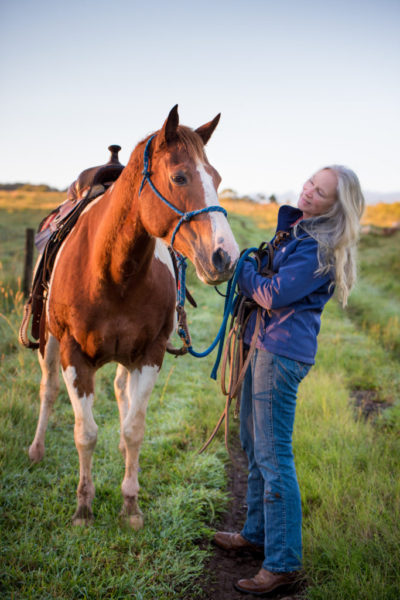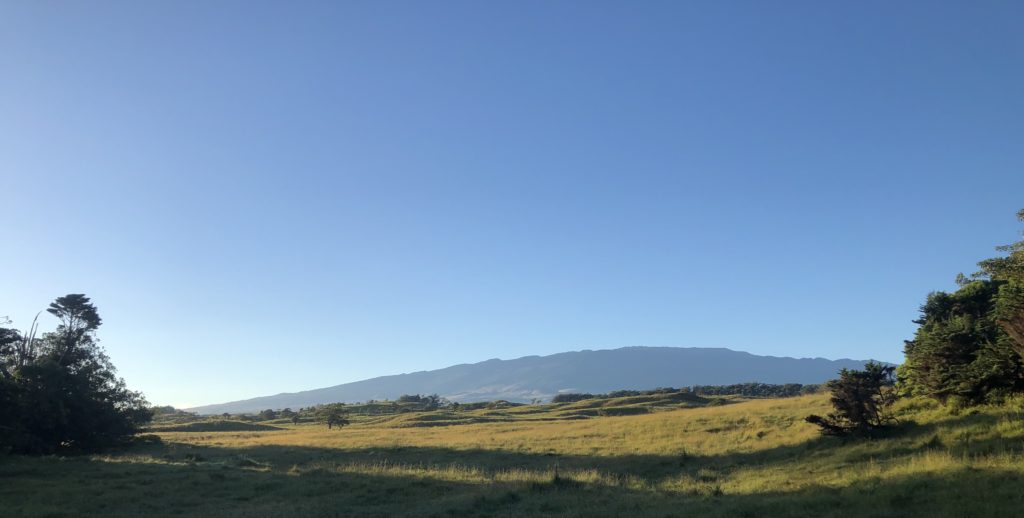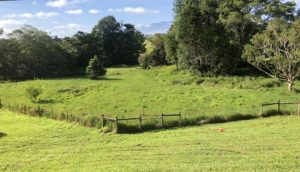Kohala Ranch has amazing views, a great climate, and wonderful homes.
As a Realtor, I get many inquiries about Kohala Ranch. People fall in love with the expansiveness of the area, the views. and the climate. The lots are large, ranging in size from about 3 acres on up to about 12 acres, and prices tend to be affordable for the area, although complying with the design rules can make building expensive. There are a number of homes for sale, many of which have luxurious amenities, and the prices are, again, relatively affordable. It is fairly close to Waimea, and both prep schools located there, but it is also far enough away, and private and safe enough, to seem like a wonderful retreat from the daily bustle. https://hawaii.elitepacific.com/results-gallery/?hood=3374513
Kohala Ranch no longer has a dedicated agricultural use classification for property tax purposes.
A couple of years ago, the Kohala Ranch HOA board decided to prohibit cattle grazing on the ranch. That decision led to the revocation of the dedicated agriculture classification for property tax purposes. (The Ranch is still zoned for agriculture uses, so all of the uses that were previously permitted are still permitted by the County.) http://livinginwaimea.com/2018/10/12/land-use-in-agriculturally-zoned-areas-on-the-big-island/
The dedicated agriculture designation reduces the assessed value of land to rock bottom. Thus, even though the tax rate remains the same as other agriculturally-zoned land, it is applied to much lower values, resulting in much lower taxes.
The loss of the dedicated agricultural use classification has increased property taxes on some parcels.
Now the agricultural rate is applied to market value, rather than dedicated agriculture value, unless individual owners have applied for and received non-dedicated agriculture status from the County Real Property Tax office. Under this program, owners must show that they are engaged in ranching or farming. If they can demonstrate such activity, they will be entitled to a much lower assessed value, although not as low as lands in the dedicated agriculture program. Also, the lower assessed value will be limited to the land devoted to the agricultural endeavor-so if you have a pool, tennis court, and pasture for cattle, only the pasture will be entitled to the lower assessed value.
If you don’t want to farm or ranch, you may still qualify for lower taxes if you can qualify as a homeowner.
Another option some owners have pursued is to be classed as homeowner, rather than agriculture, because a) the tax rate is lower and b) property tax increases are limited to no more than 3% a year. In order to qualify for this classification, the property must be the owner’s primary residence.http://www.hawaiipropertytax.com/tax_rates.html
If you are considering a second home, and offering it as a vacation rental to offset some of the costs, you should probably look elsewhere.
The County of Hawaii has just passed a stringent vacation rental bill, and unless a property in Kohala Ranch has a history of lawfully operating as a vacation rental, it will not be a permitted use. See my post:
http://livinginwaimea.com/2019/03/30/hawaii-county-restricts-vacation-rentals/
Kohala Ranch has undergone some changes, but it is still a lovely place to live!
I would be delighted to provide you with more information about properties in Kohala Ranch. You can reach me by phone at (808)885-5588, or by email at judy.howard@elitepacific.com. Aloha.



